Forums
- Forums
- Duggy's Reference Hangar
- USAAF / USN Library
- Droop Snoots
Droop Snoots
Post a reply
- Go to Previous topic
- Go to Next topic
- Go to Welcome
- Go to Introduce Yourself
- Go to General Discussion
- Go to Screenshots, Images and Videos
- Go to Off topic
- Go to Works in Progress
- Go to Skinning Tips / Tutorials
- Go to Skin Requests
- Go to IJAAF Library
- Go to Luftwaffe Library
- Go to RAF Library
- Go to USAAF / USN Library
- Go to Misc Library
- Go to The Ops Room
- Go to Made in Germany
- Go to Campaigns and Missions
- Go to Works in Progress
- Go to Juri's Air-Raid Shelter
- Go to Campaigns and Missions
- Go to Works in Progress
- Go to Skinpacks
- Go to External Projects Discussion
- Go to Books & Resources
-
9 years agoWed Jan 20 2016, 02:27am
 Main AdminThe P-38 Droop Snoot was the brainchild of Col. Cass Hough and Col. Don Ostrander of the 8th Air Force Headquarters. The load-carrying capacity of the P-38 made it a natural for use as a fighter-bomber. The later P-38 variants (P-38H/J/L) had the capacity of carrying up to 4000 pounds of ordinance ? the same as a B-17 bomber! Col.s Hough and Ostrander came up with the idea of using some type of a ?leader? P-38 for level bombing missions. The advantages of using a fighter in the strategic bomber role were obvious: a much higher speed to and from the target, one tenth as many crew members involved in the mission, and fighter escort during the withdrawal phase was not required. What they proposed was the installation of a Norden bombsight in the modified P-38, one housing a qualified bombardier/navigator in the aircraft?s empty nose gun-bay.
Main AdminThe P-38 Droop Snoot was the brainchild of Col. Cass Hough and Col. Don Ostrander of the 8th Air Force Headquarters. The load-carrying capacity of the P-38 made it a natural for use as a fighter-bomber. The later P-38 variants (P-38H/J/L) had the capacity of carrying up to 4000 pounds of ordinance ? the same as a B-17 bomber! Col.s Hough and Ostrander came up with the idea of using some type of a ?leader? P-38 for level bombing missions. The advantages of using a fighter in the strategic bomber role were obvious: a much higher speed to and from the target, one tenth as many crew members involved in the mission, and fighter escort during the withdrawal phase was not required. What they proposed was the installation of a Norden bombsight in the modified P-38, one housing a qualified bombardier/navigator in the aircraft?s empty nose gun-bay.
The project, given the code name DROut of Production SNOOT, was formulated at Lockheed?s Langford Lodge modification center in Northern Ireland. A P-38H was modified by removal of the armament section in the nose, including the gun port nose cap. In it?s place, was a solid wood nose cap, cut and shaped like the proposed bombardier nose. With some ballast added, the modified P-38H was flight tested to determine if there were any flaws in it?s flight characteristics. After successfully completing the flight tests, Lockheed modified a new production P-38J to full Droop Snoot prototype specifications.
The wooden nose of the P-38H test aircraft was used to construct a Plexiglas bubble bombardier nose. Armor plate was added to the sidewalls and floor of the bombardier compartment, along with the Norden bombsight, related bombing equipment, oxygen and navigational equipment. During late February of 1944, the P-38J Droop Snoot was rolled out at Langford Lodge.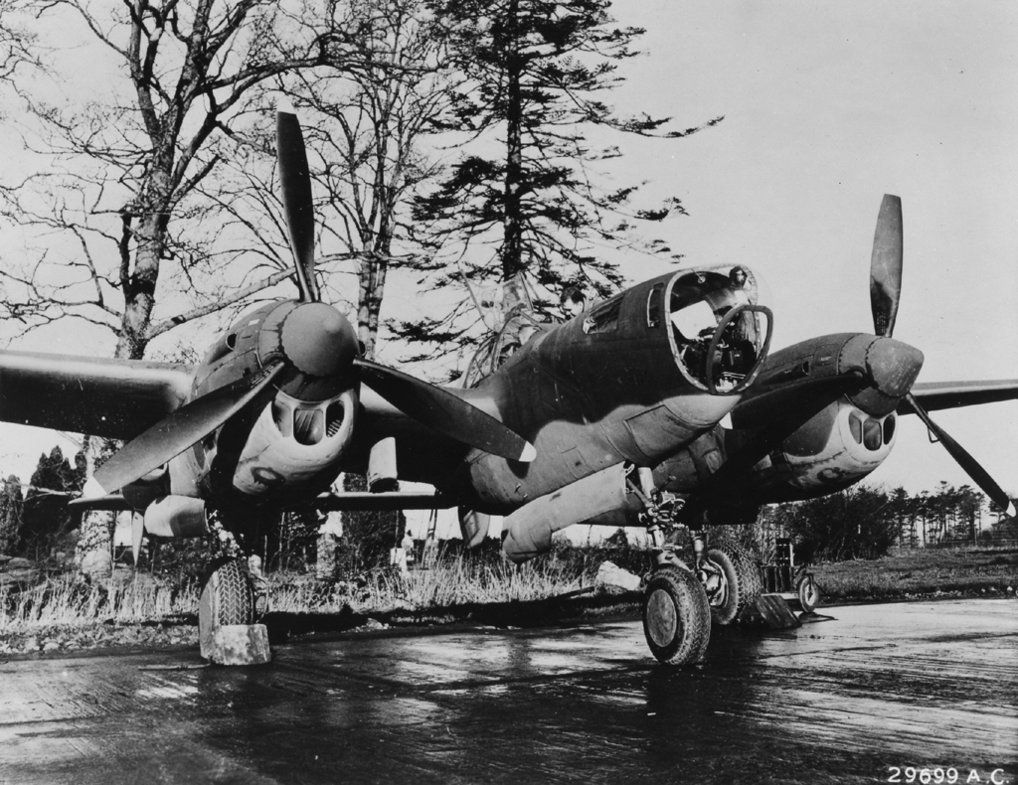
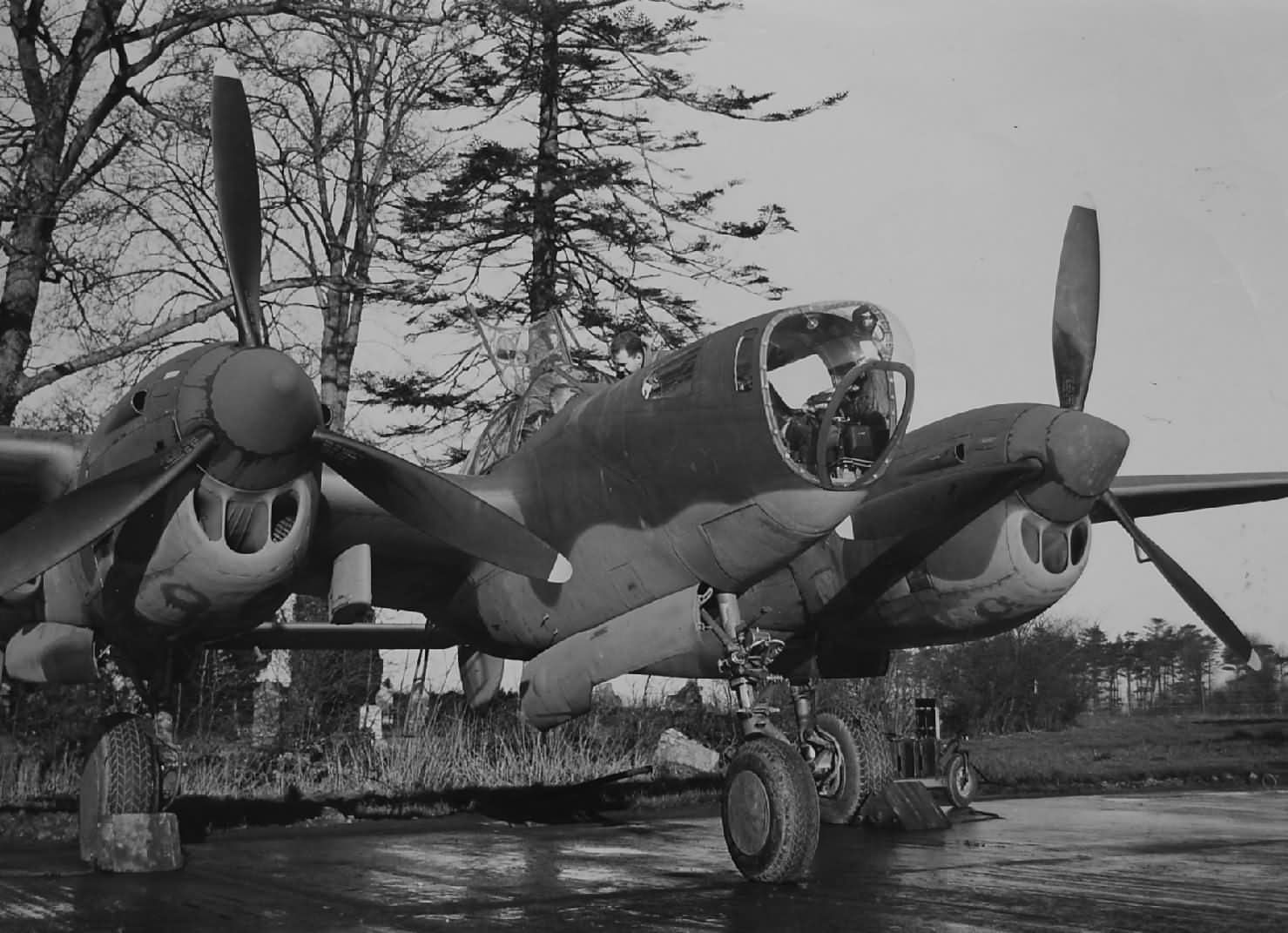
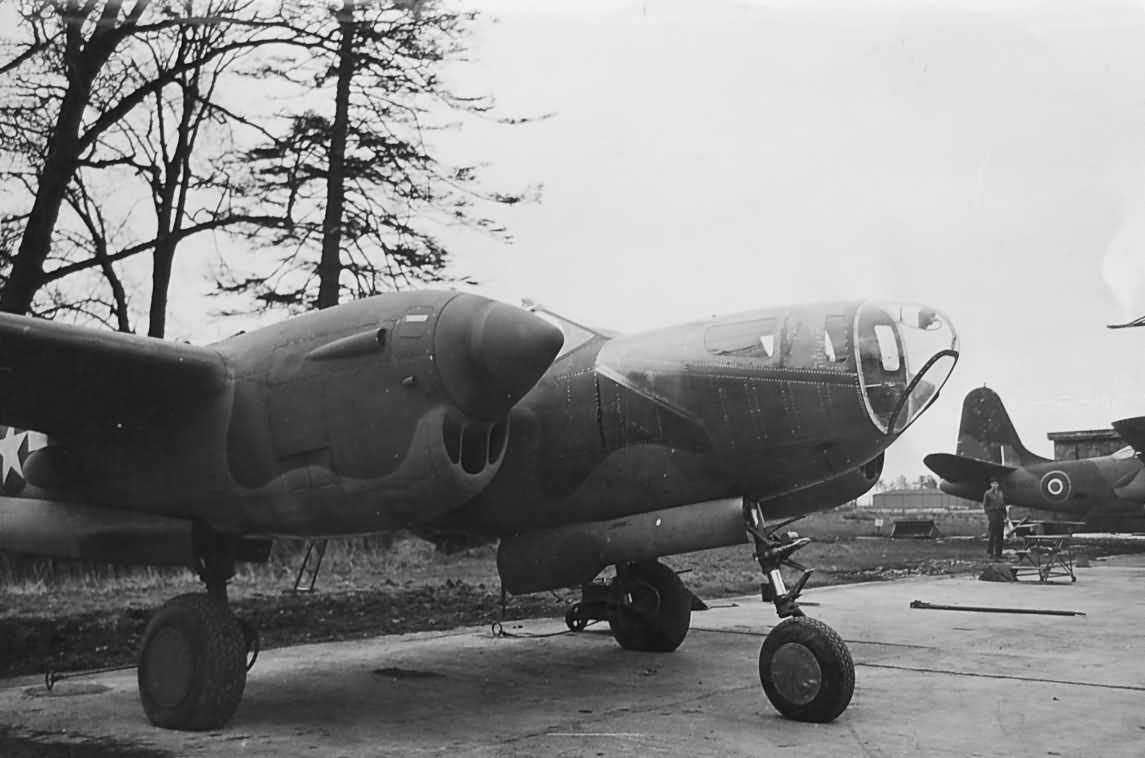
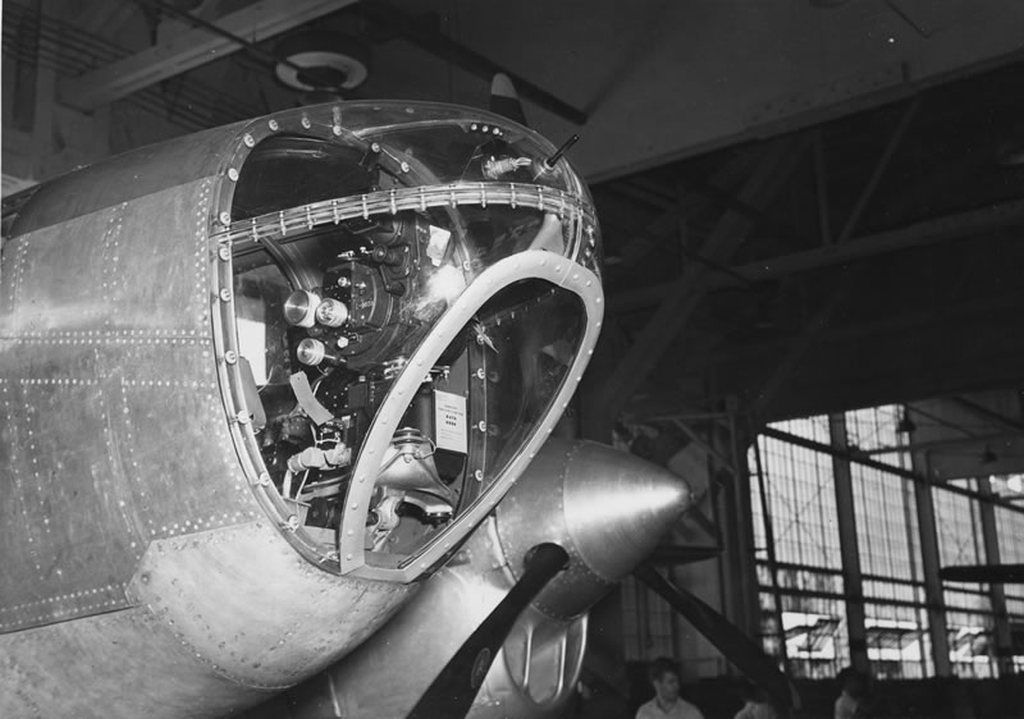
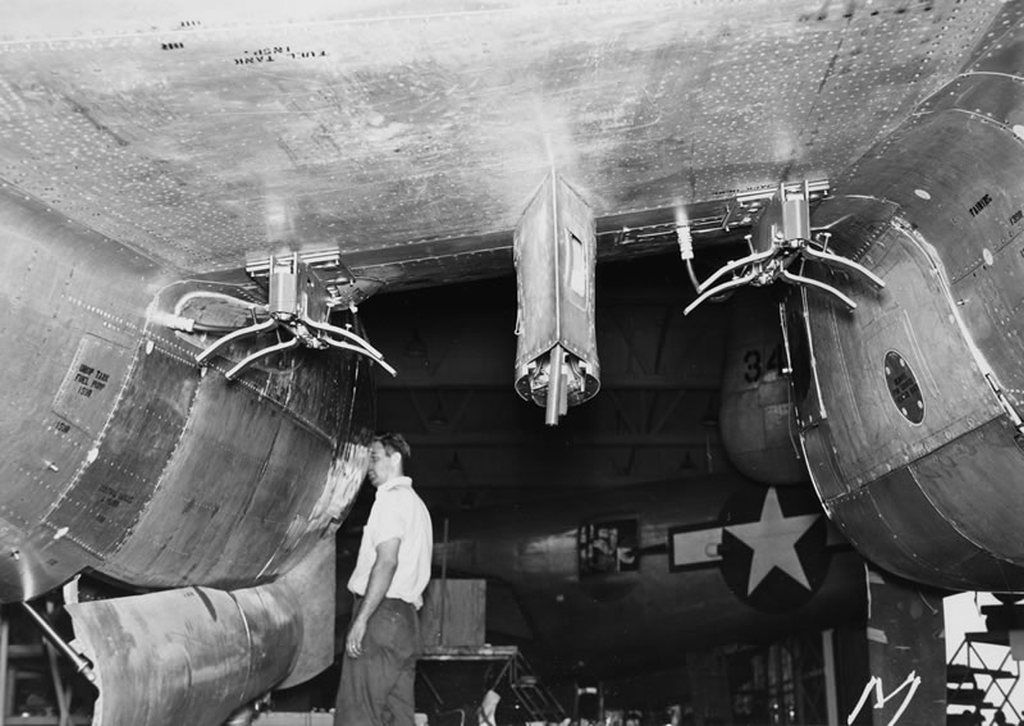

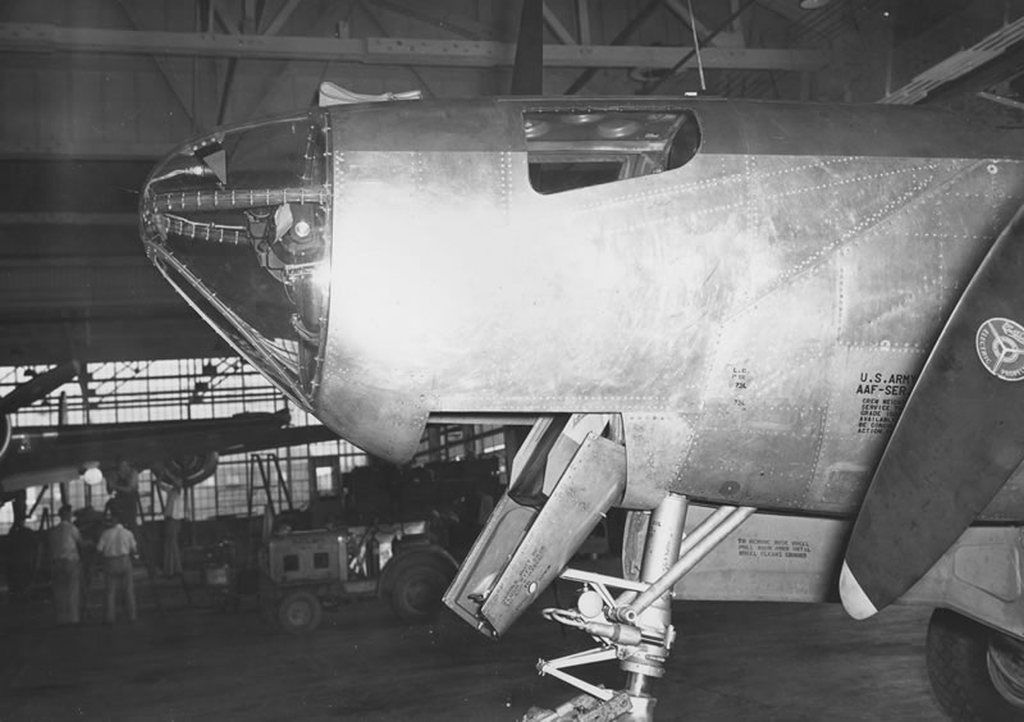
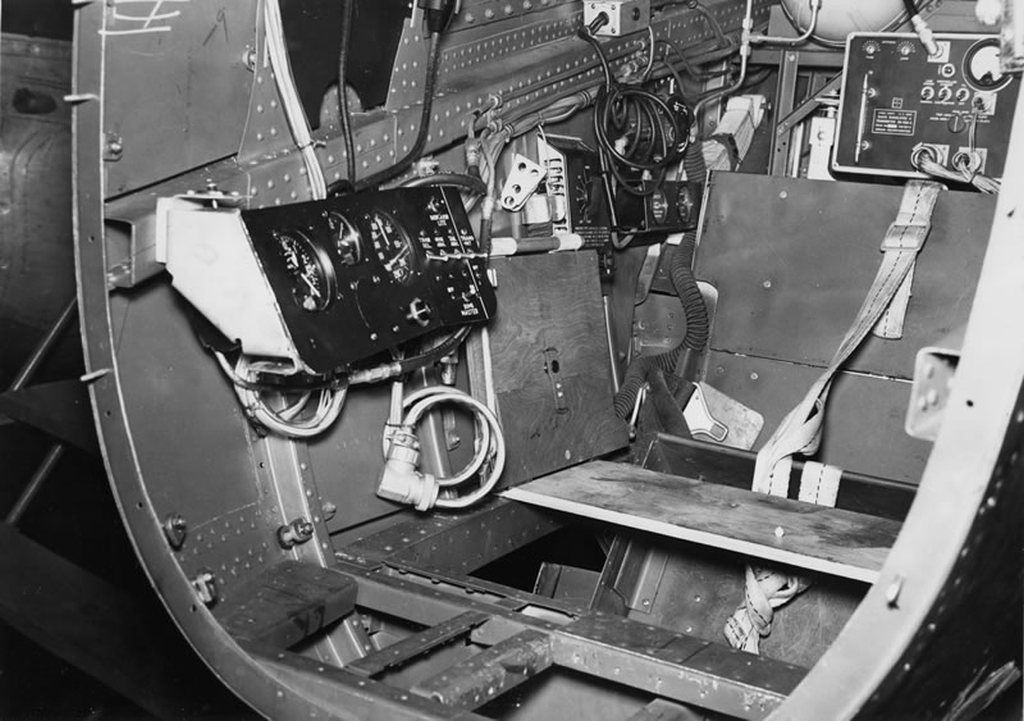
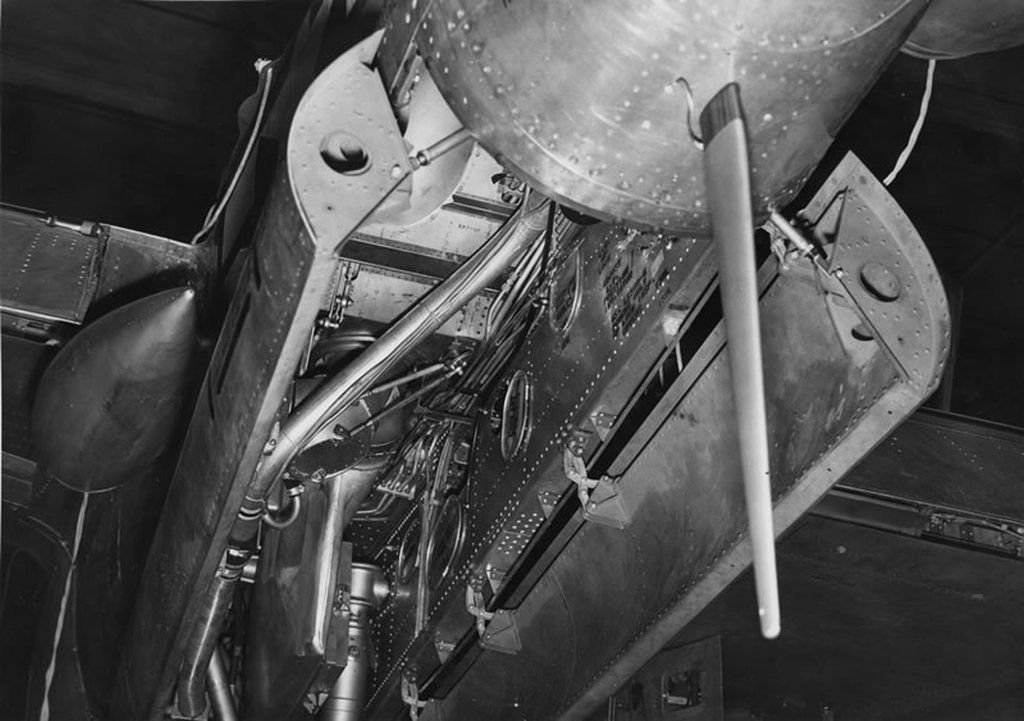
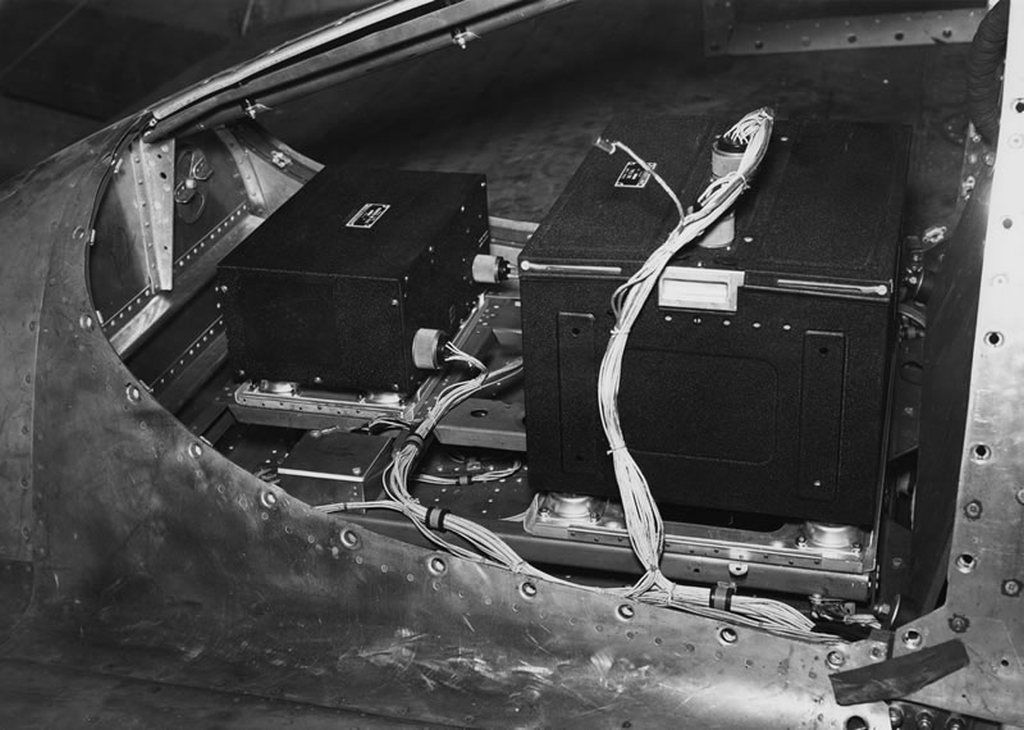


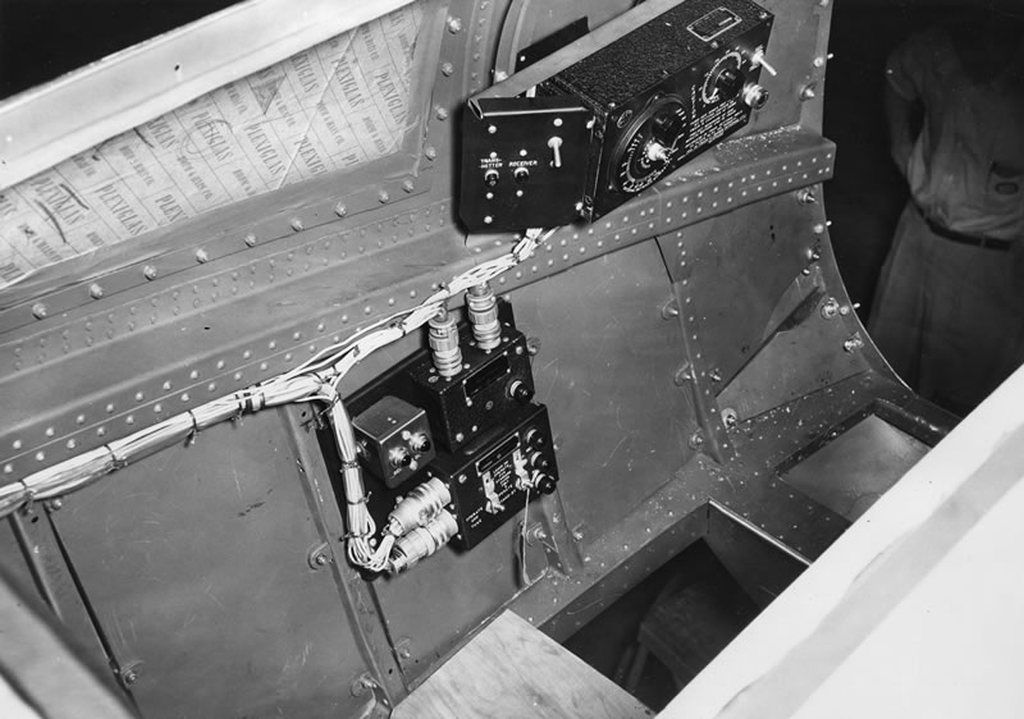
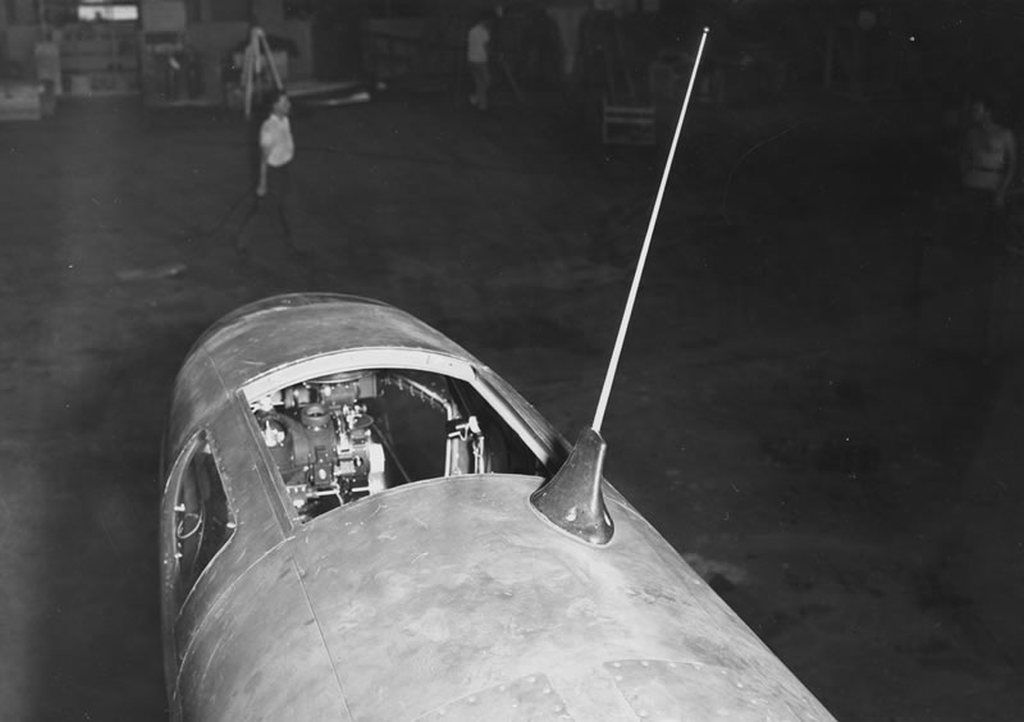

The concept was so successful that the 8th AF immediately ordered first three, then fifteen Droop Snoot conversions. The total number built lies somewhere between 23 (those P-38J?s converted at Langford Lodge) and 100 (the number of Droop Snoot conversion kits ordered by the AAF). The first combat mission was flown by the 20th Fighter Group on 10 April 1944, when a Droop Snoot led 42 other 20th Fighter Group P-38J?s on an attack against the Luftwaffe base at Gutersloh, Germany. Droop Snoot missions were not confined to just P-38 units. Col. Hub Zemke used a Droop Snoot P-38J to lead his 56th Fighter Group Thunderbolts on at least one bombing mission. Additionally, more than one Droop Snoot was built as a plush VIP aircraft without bombing equipment. An example of one of these was the personal aircraft of Gen. Stratemeyer in the China-Burma-India Theater.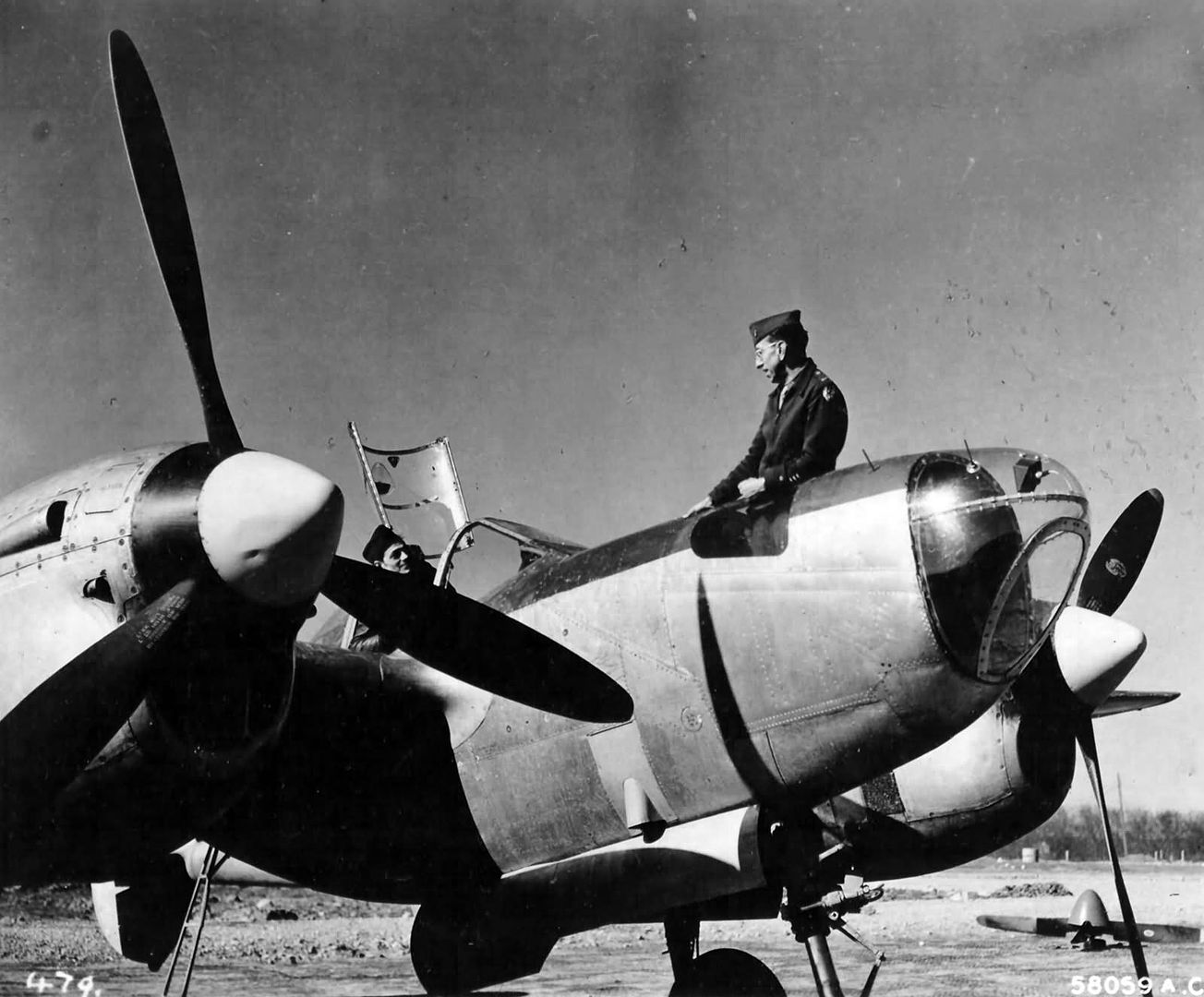
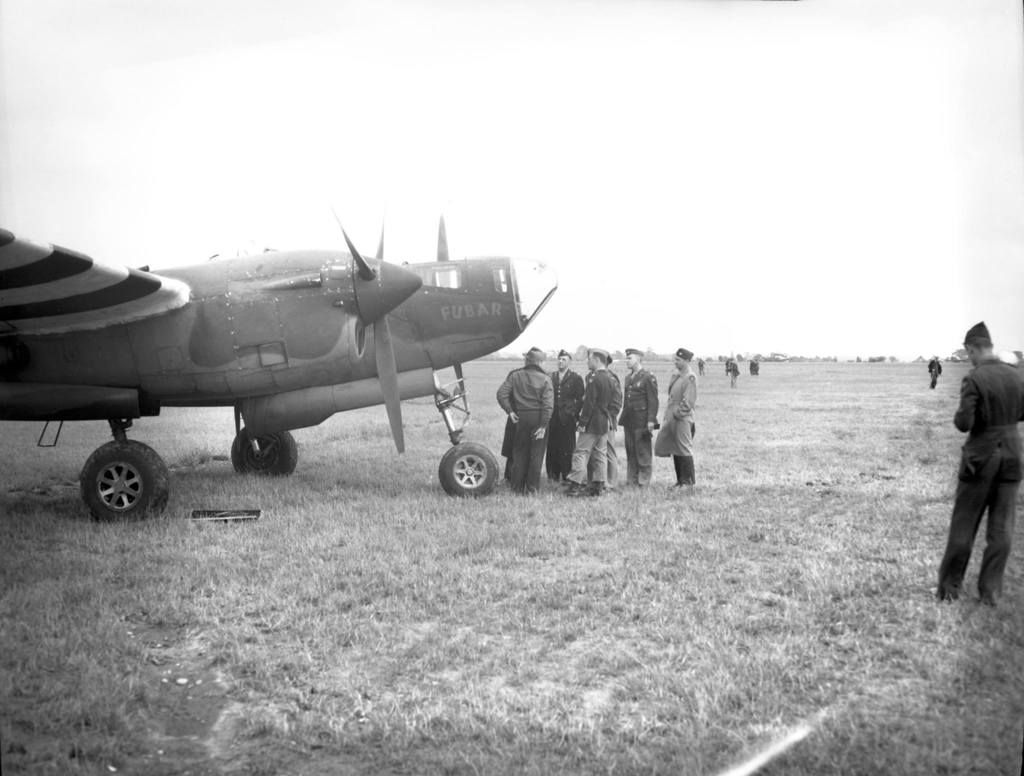
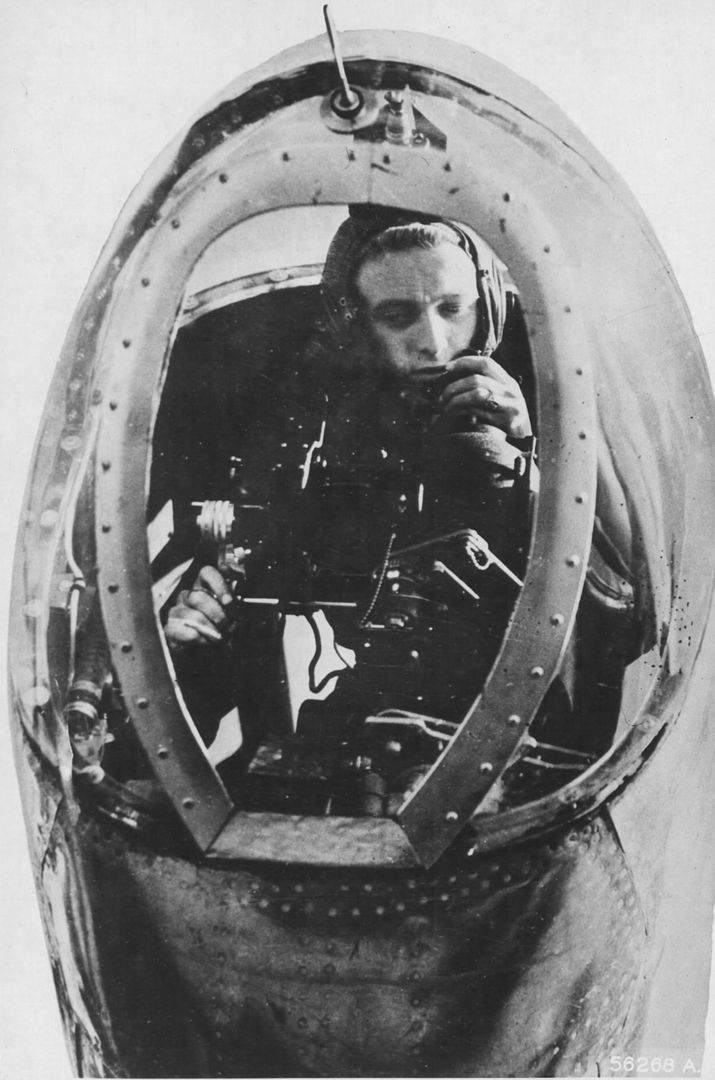
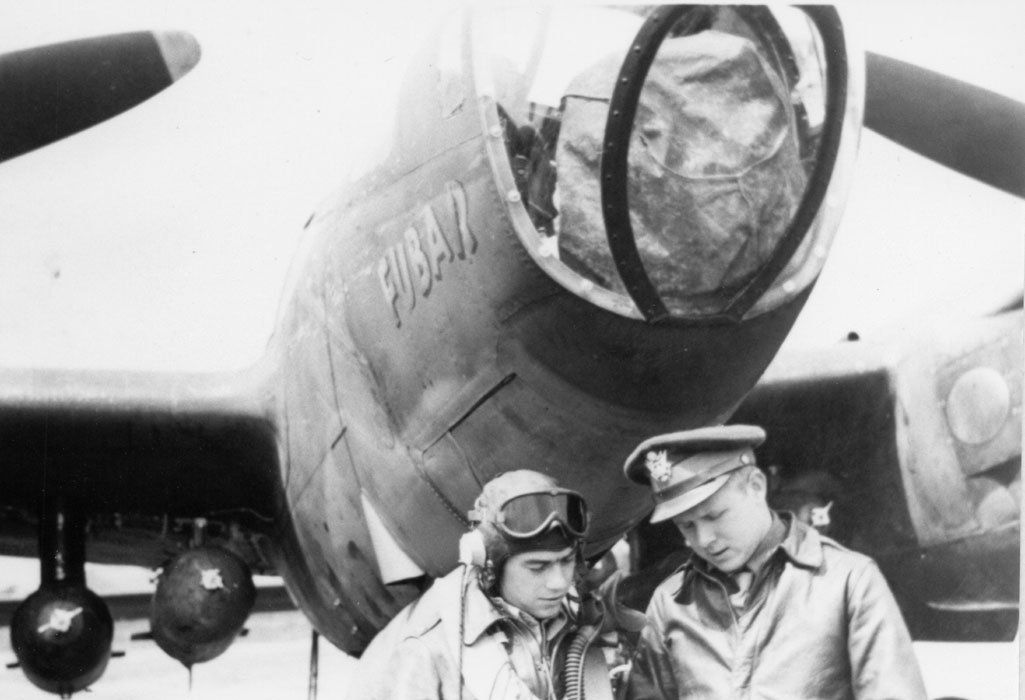
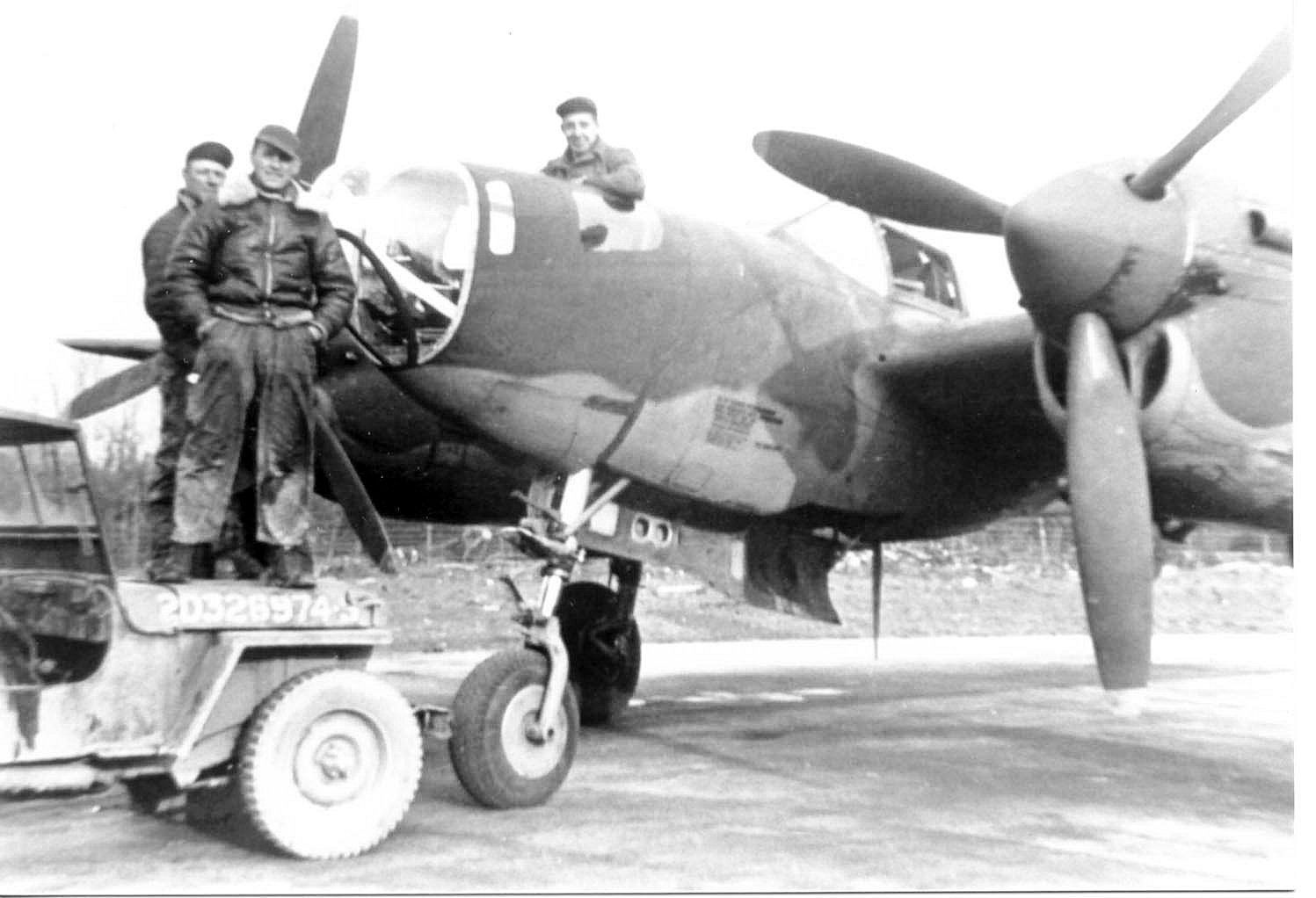
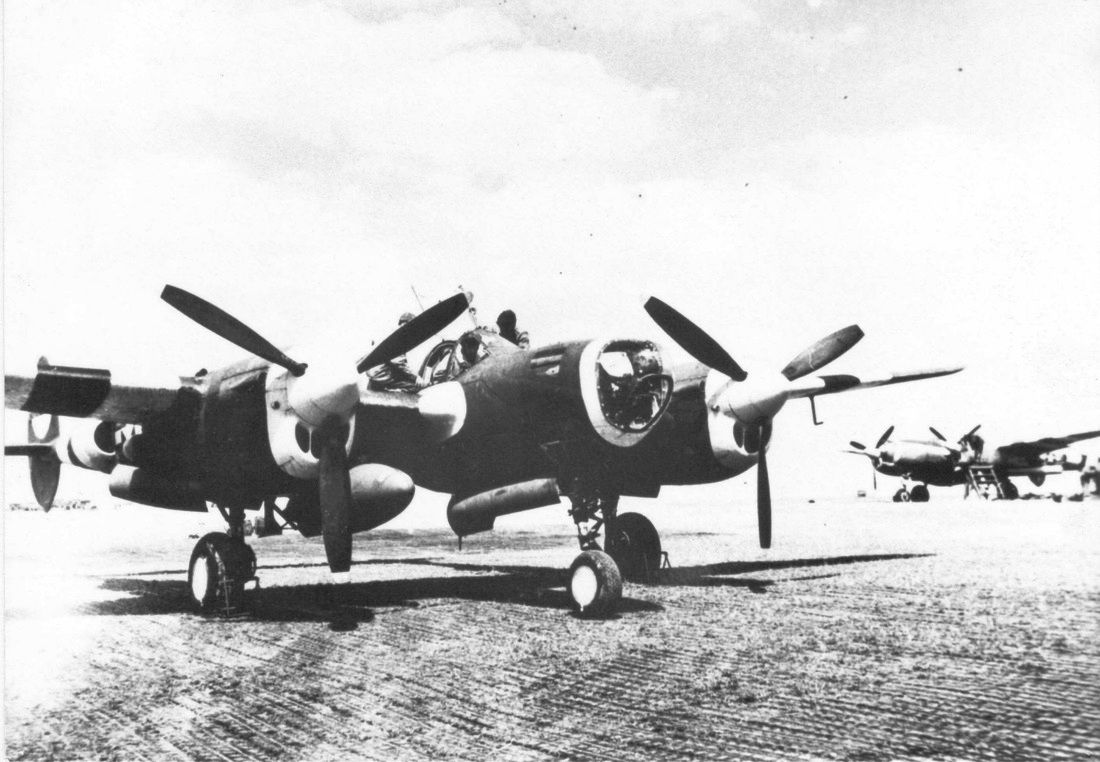
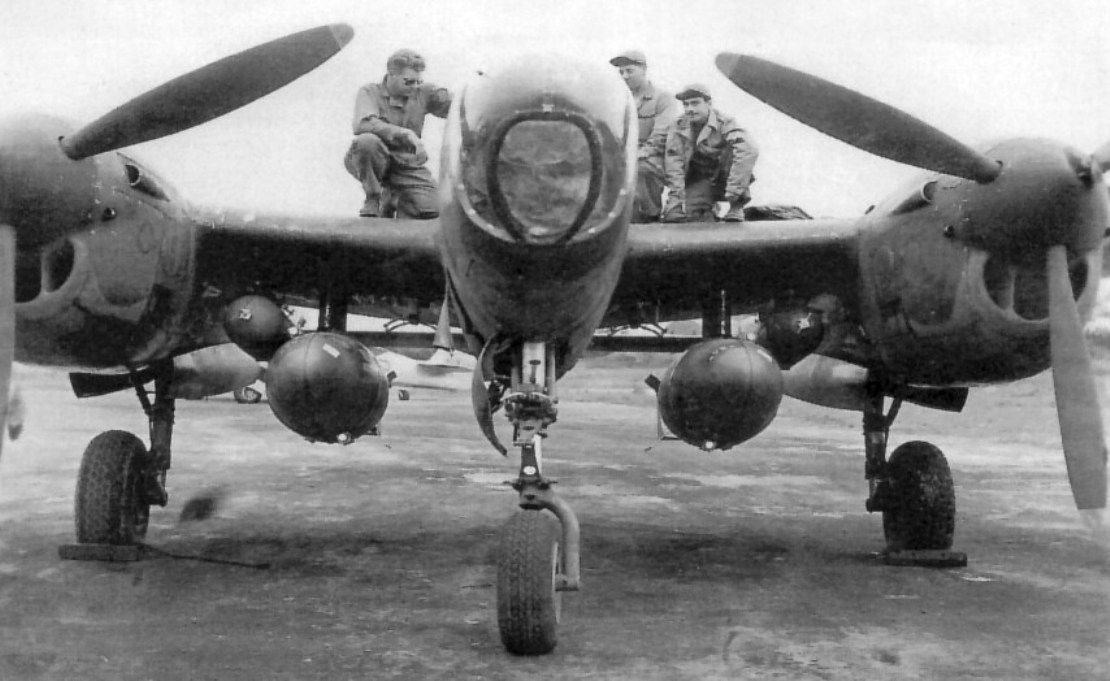
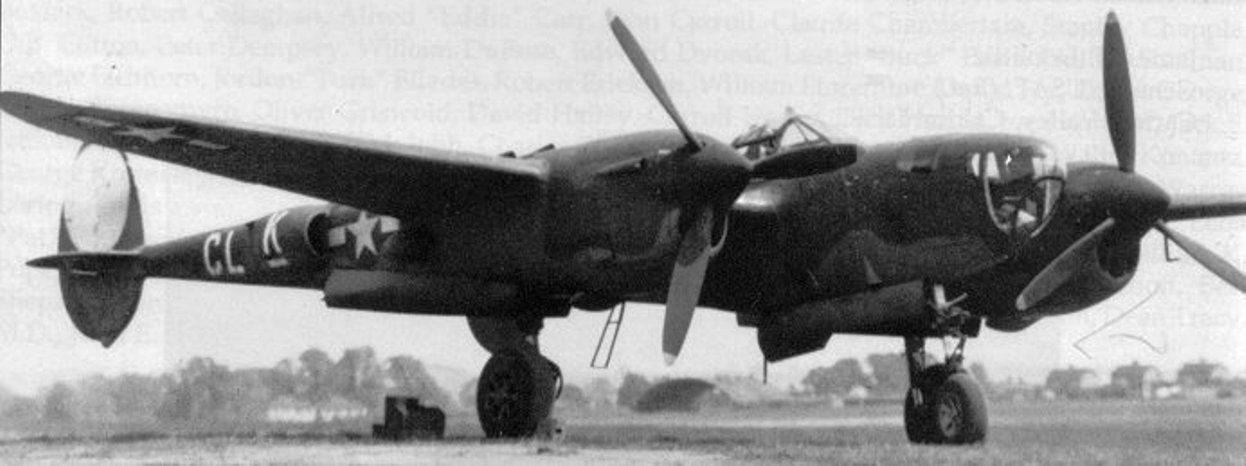
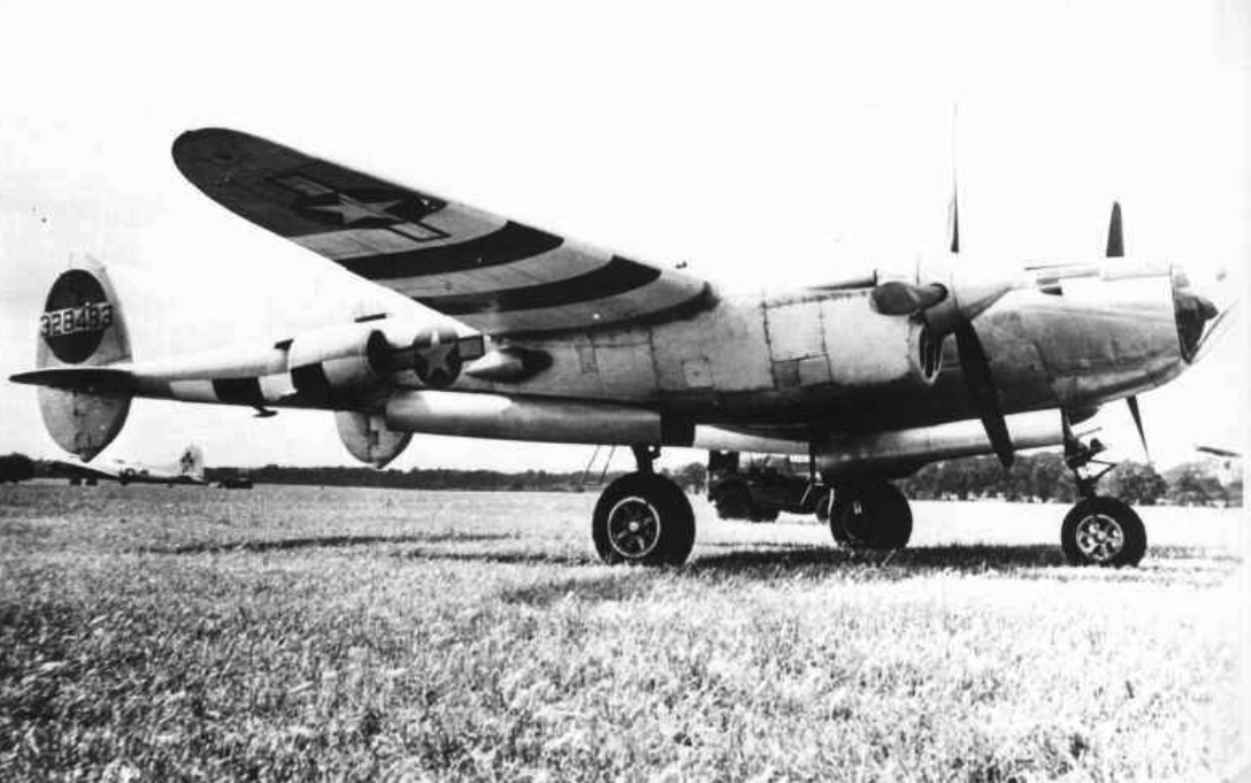
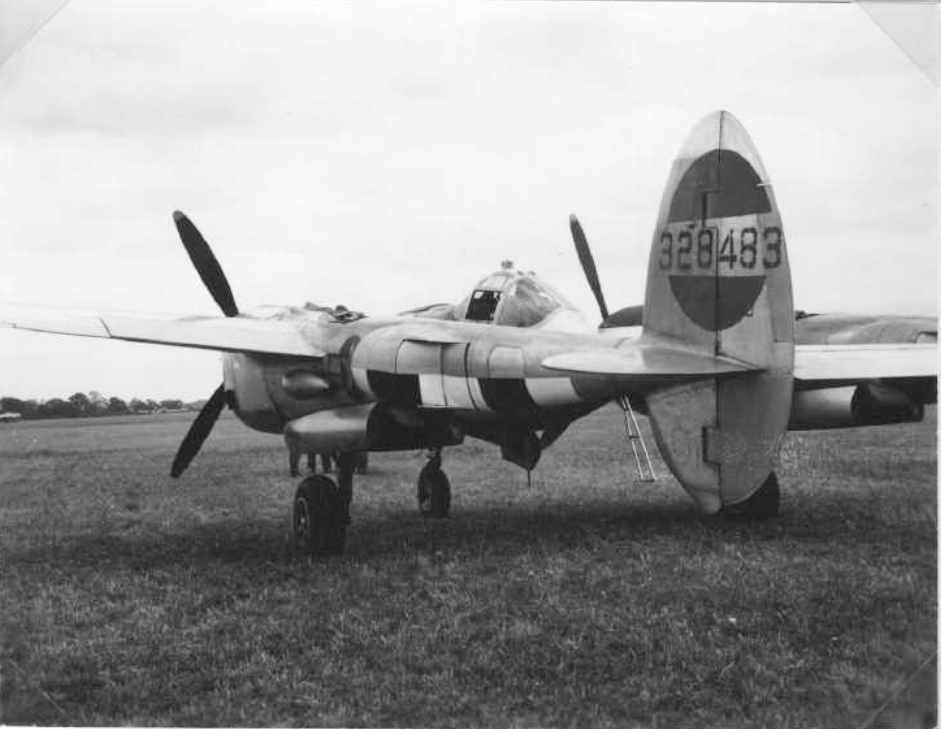
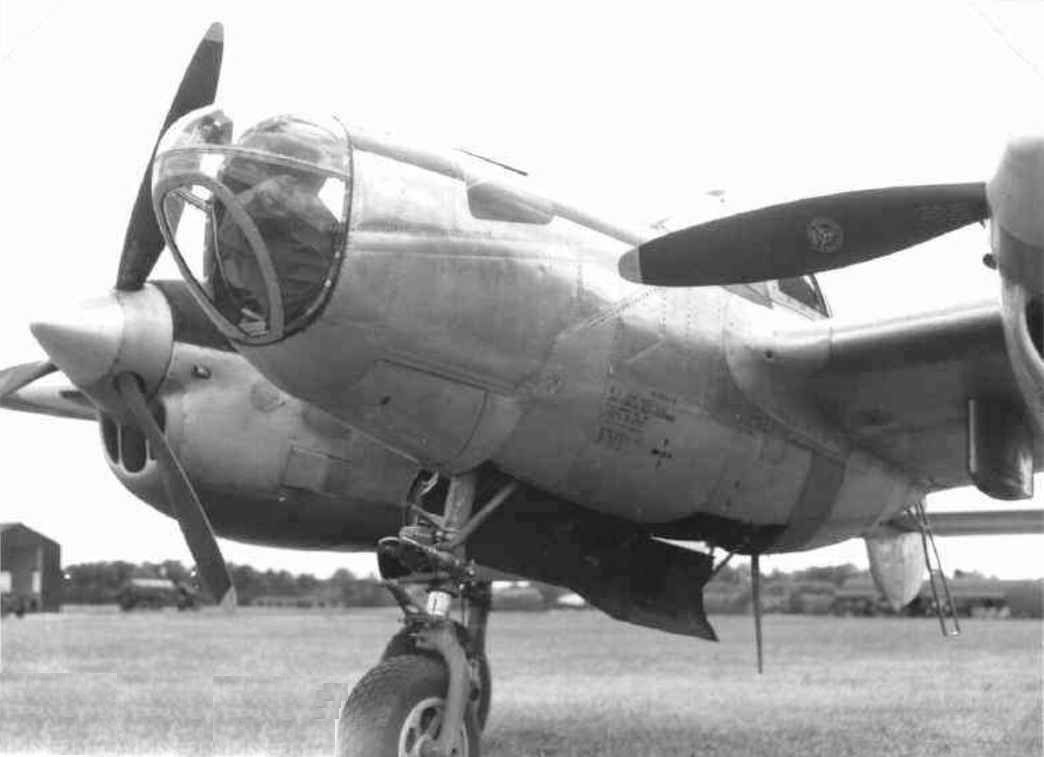
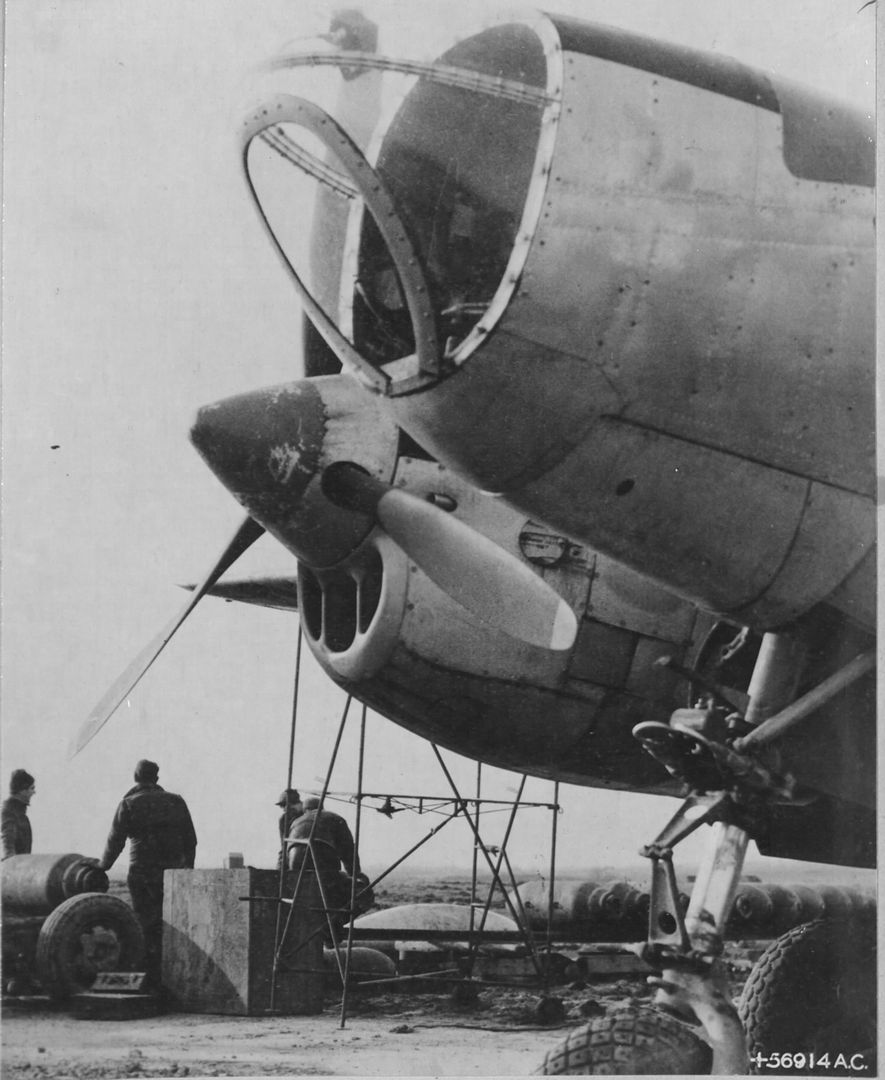
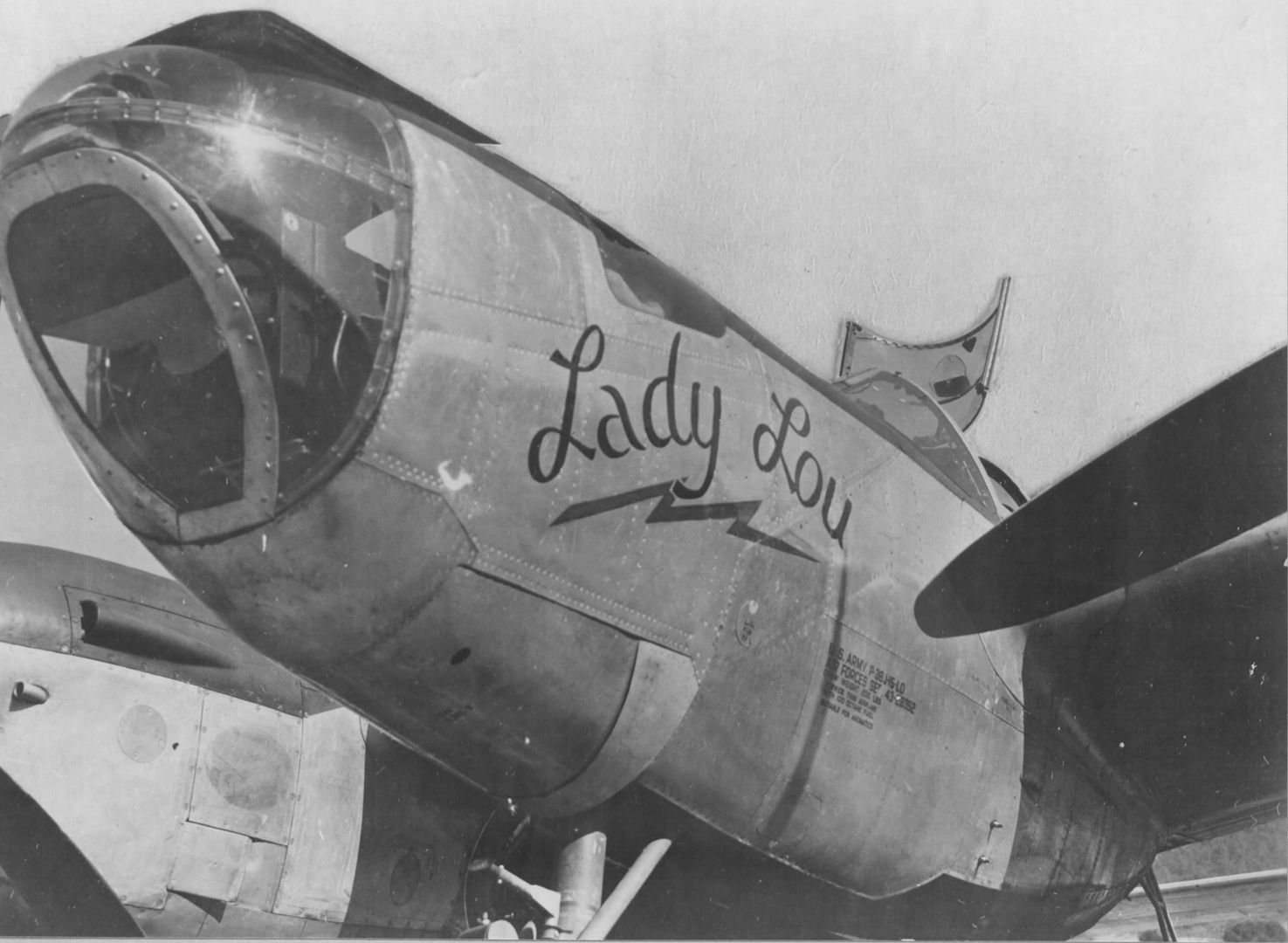
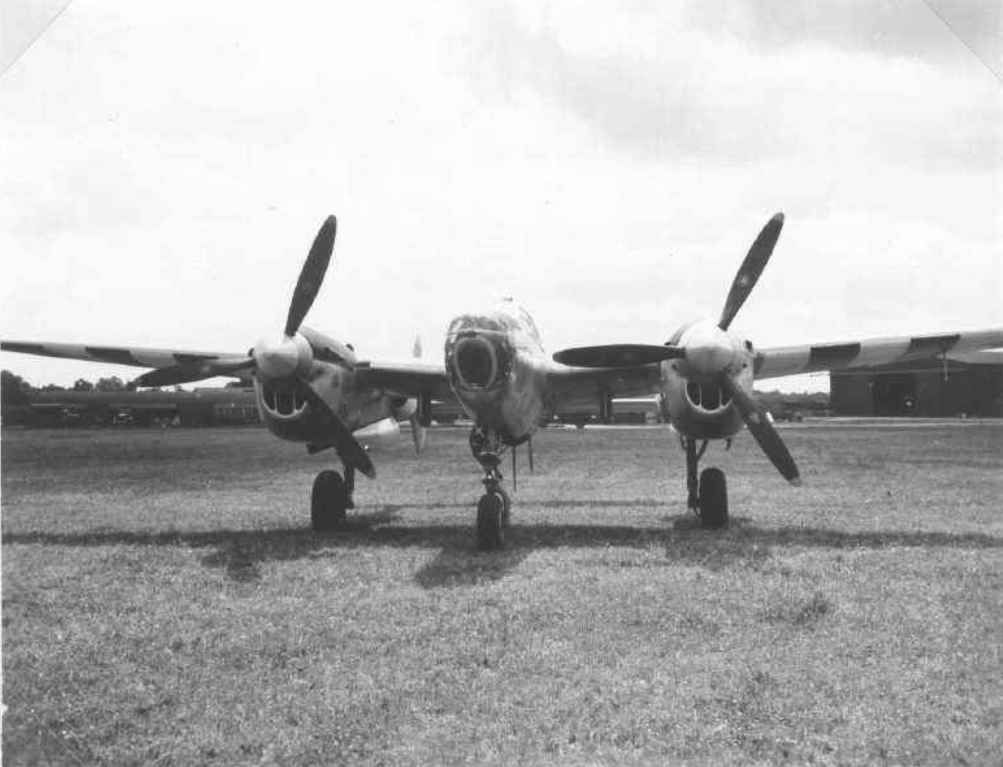
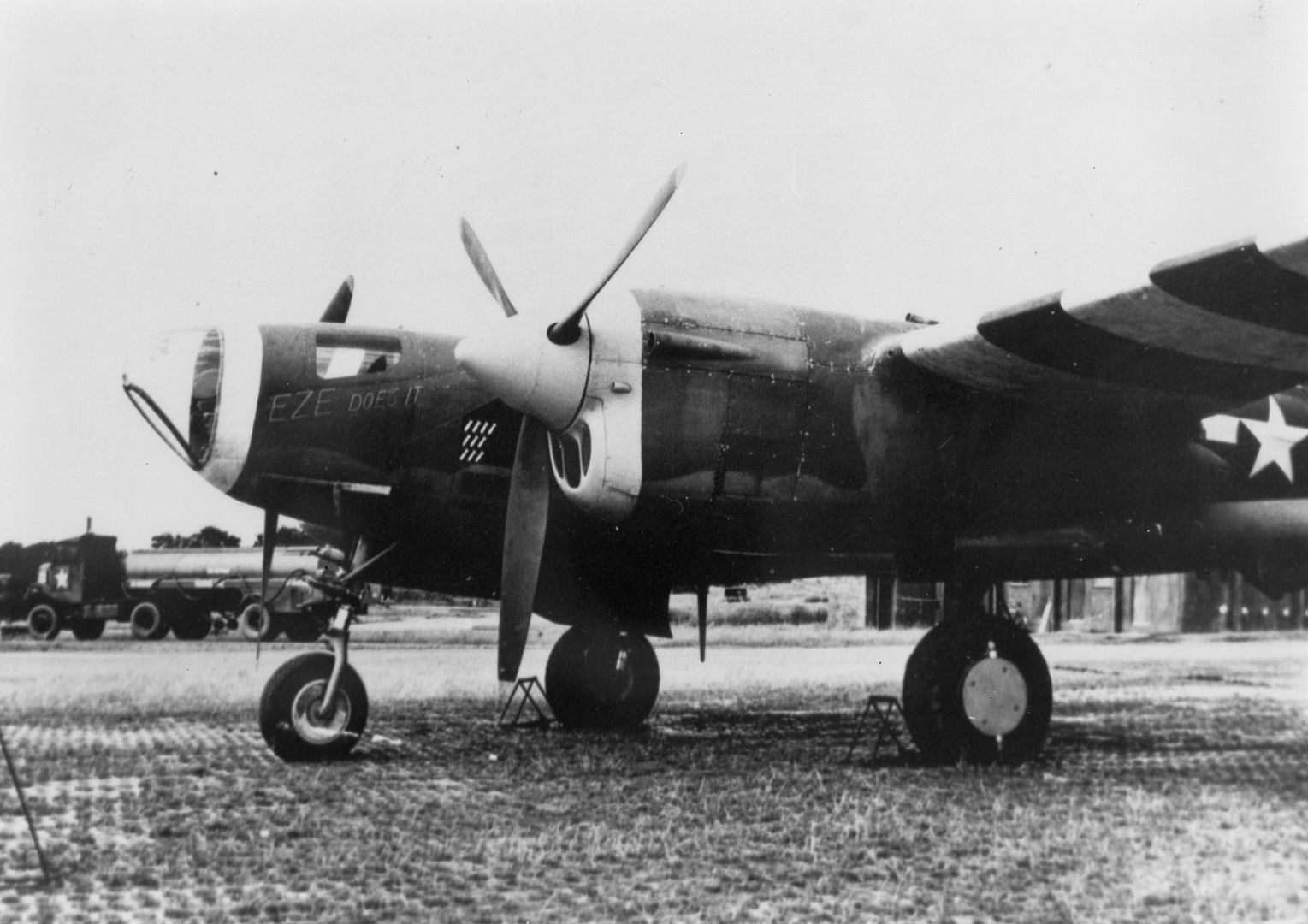
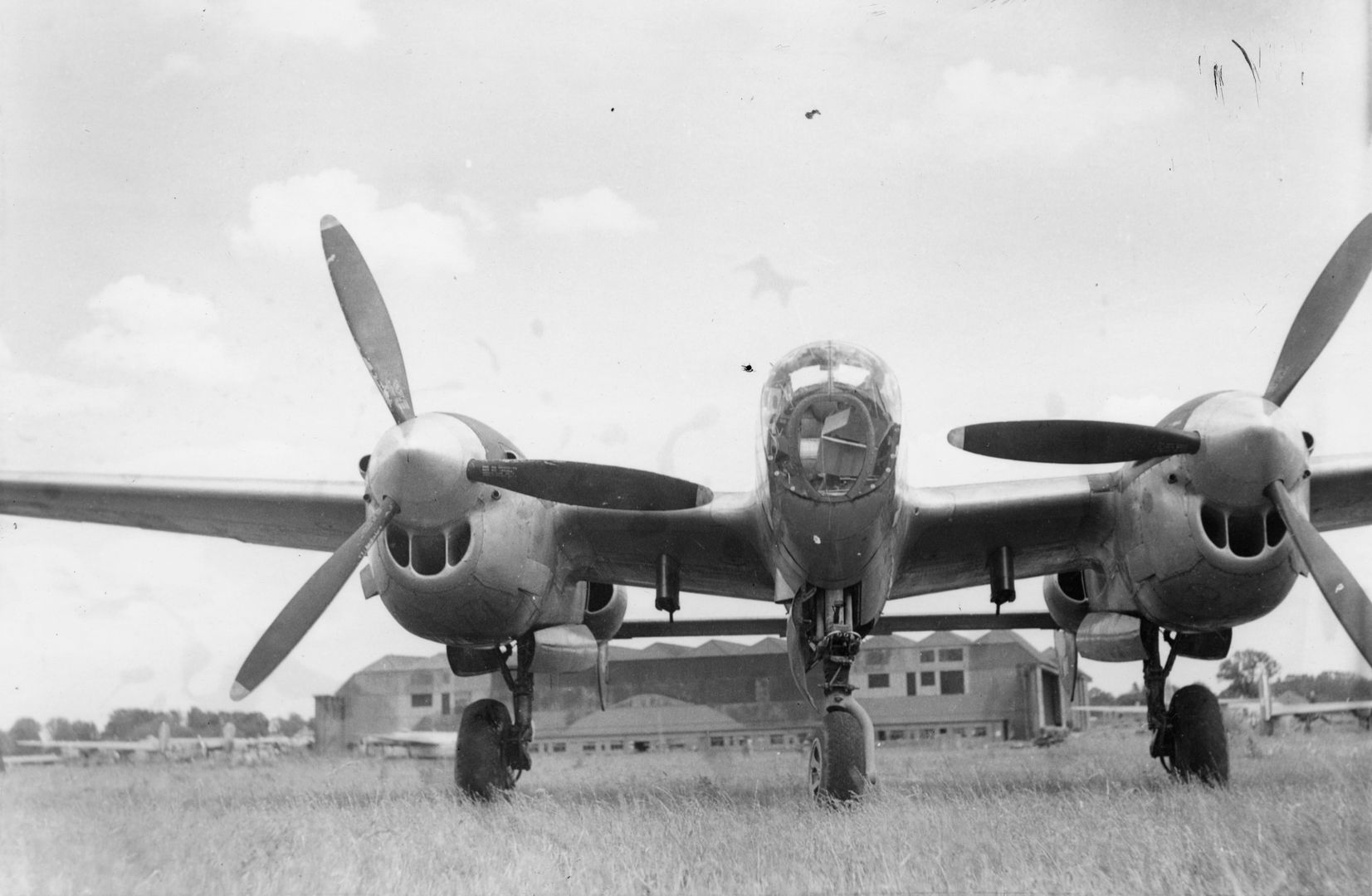
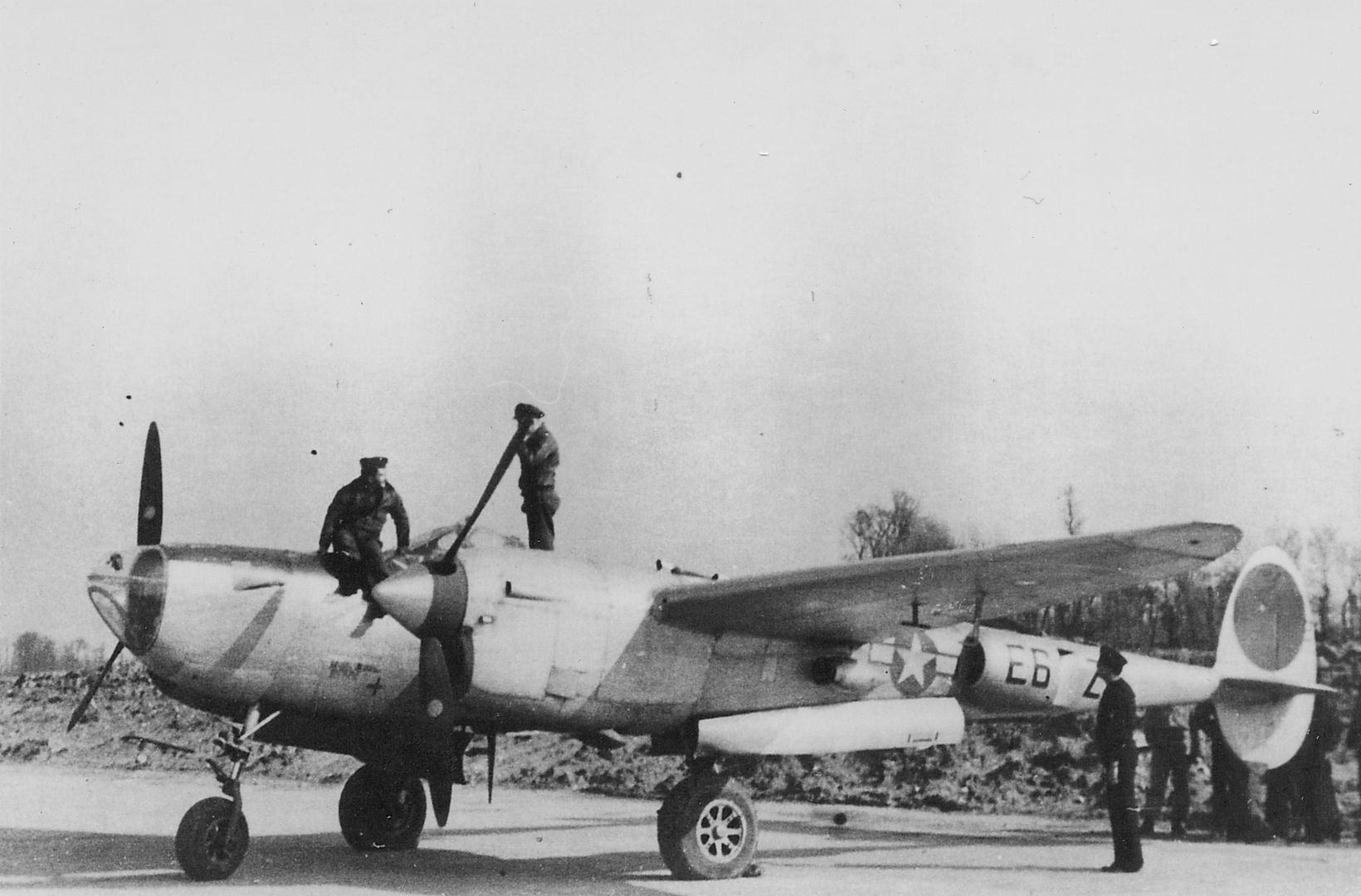
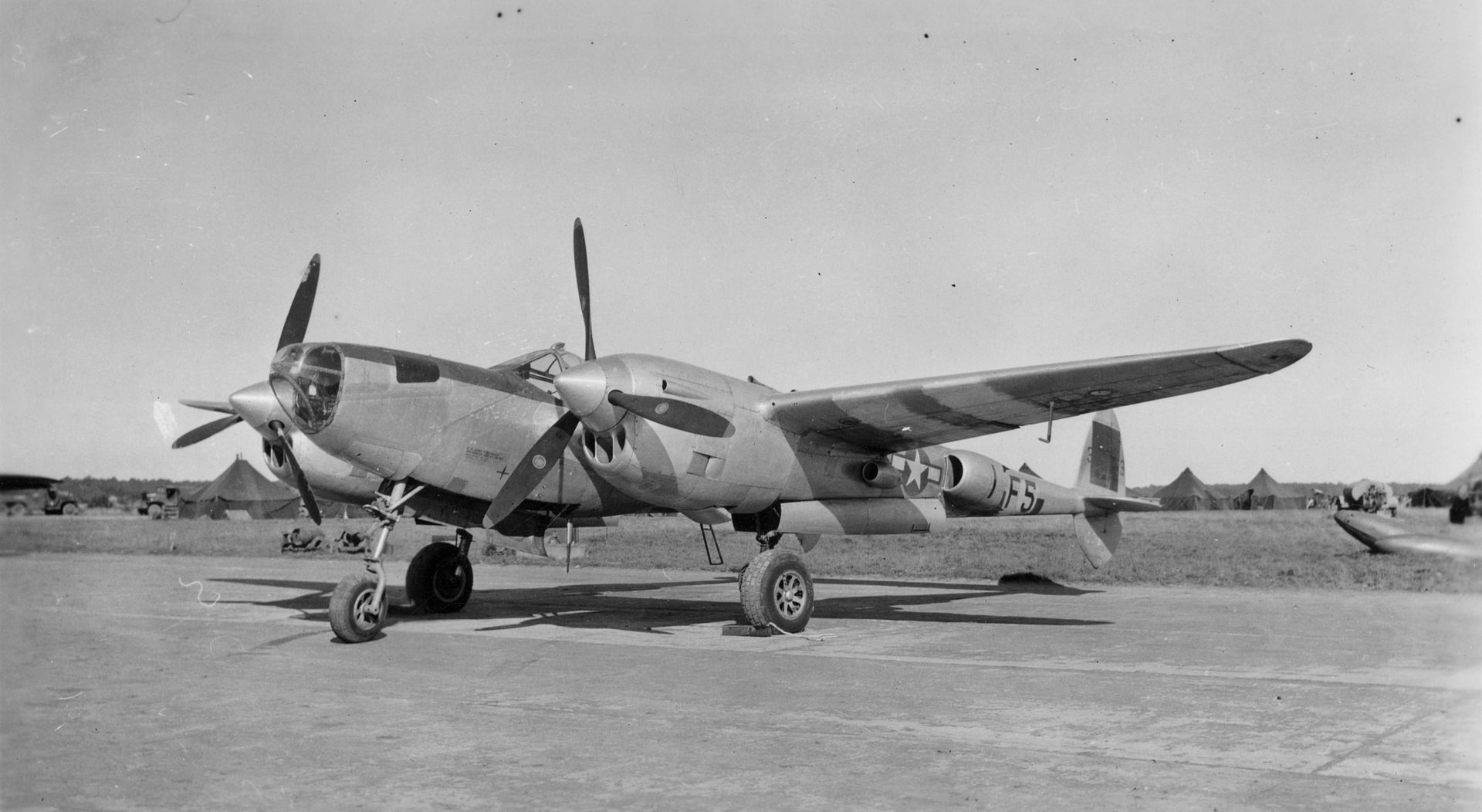
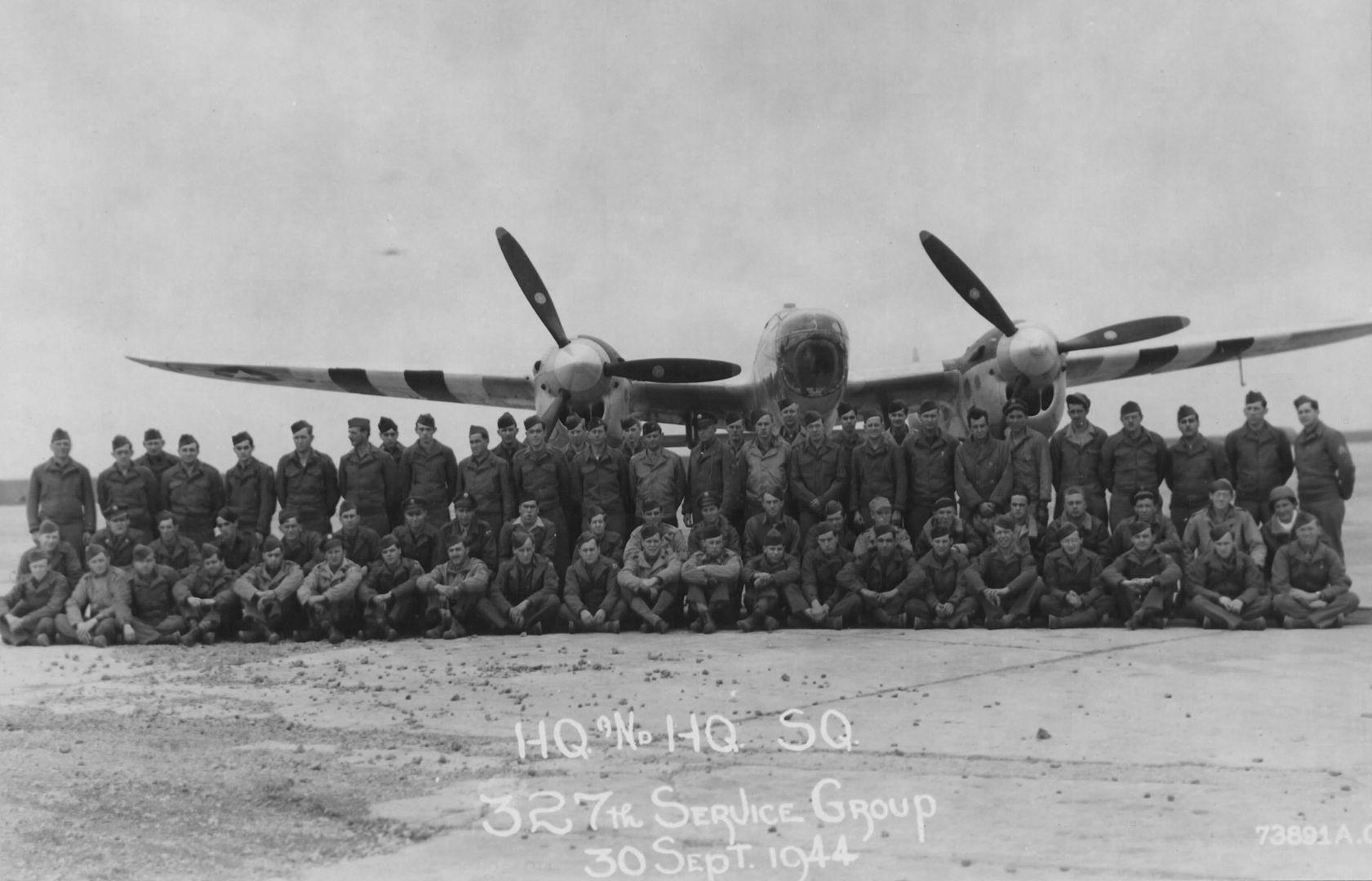
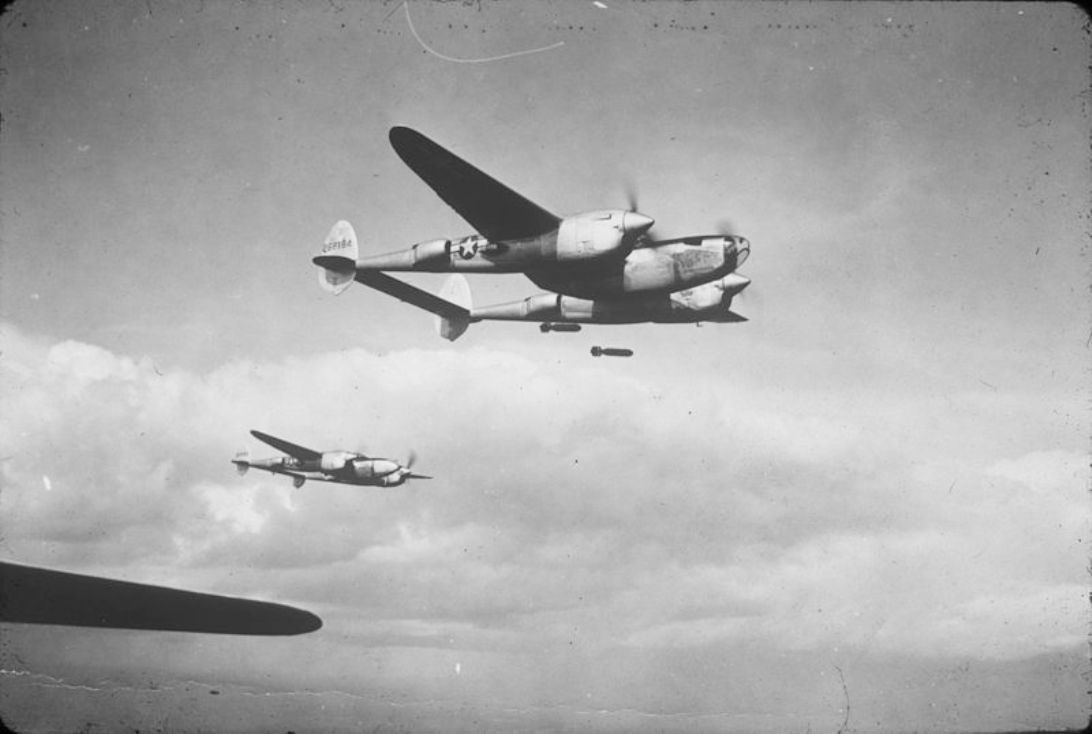
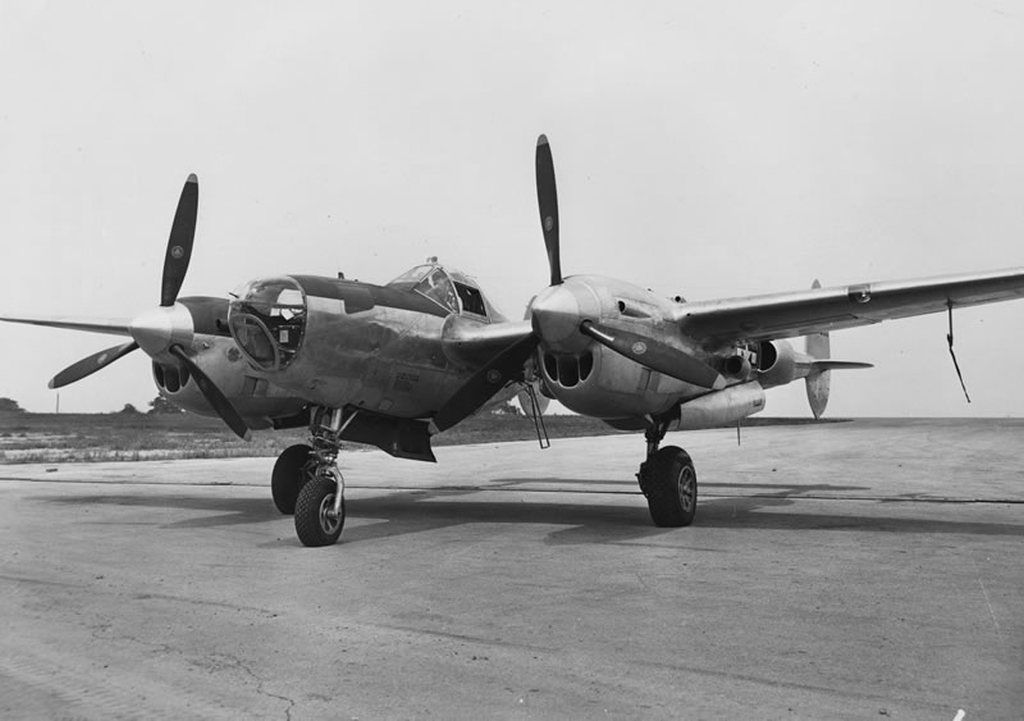
The initial pathfinder raid was performed on 20 April 1944 against a Luftwaffe airfield in France. Results of pathfinder raids were good, but optical bombsight bombing was only possible in clear weather, which was not always the norm for Northern Europe. As a result, a number of pathfinders were built with an H2X radar "bombing through overcast" nose. The H2X, also known for some reason as "Mickey", was a crude targeting radar by modern standards, only able to pick out targets marked by lakes or confluences of rivers, but it was better than nothing. Some sources hint that H2X was unreliable, and it was called "Mickey" as short for "Mickey Mouse".


Between September 1944 and February 1945,Four USAAF two seat lightnings were attached to RAF 192 squadron for ELINT work and in November 1944 much time was spent in searching for radio signals from V-2s, though these were later found to be uncontrolled' [V2's had on-board guidance systems].
These aircraft, #43-28479, #44-23156, #44-23501 and #44-23515 operated with the RAF No.100 Group. During these operations one, #44-23515 was reported as missing in action.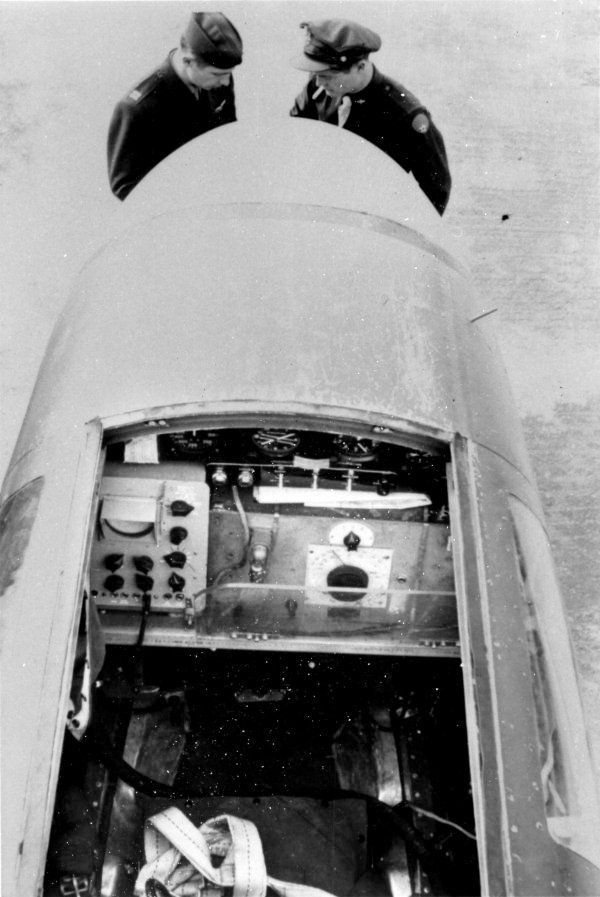
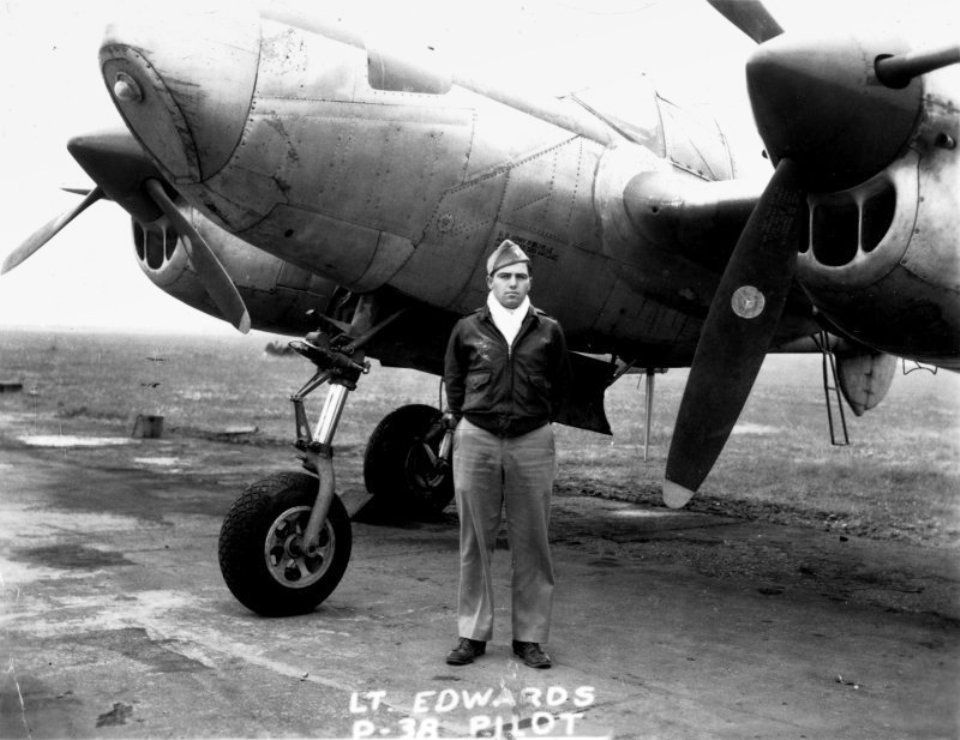
Note the antenna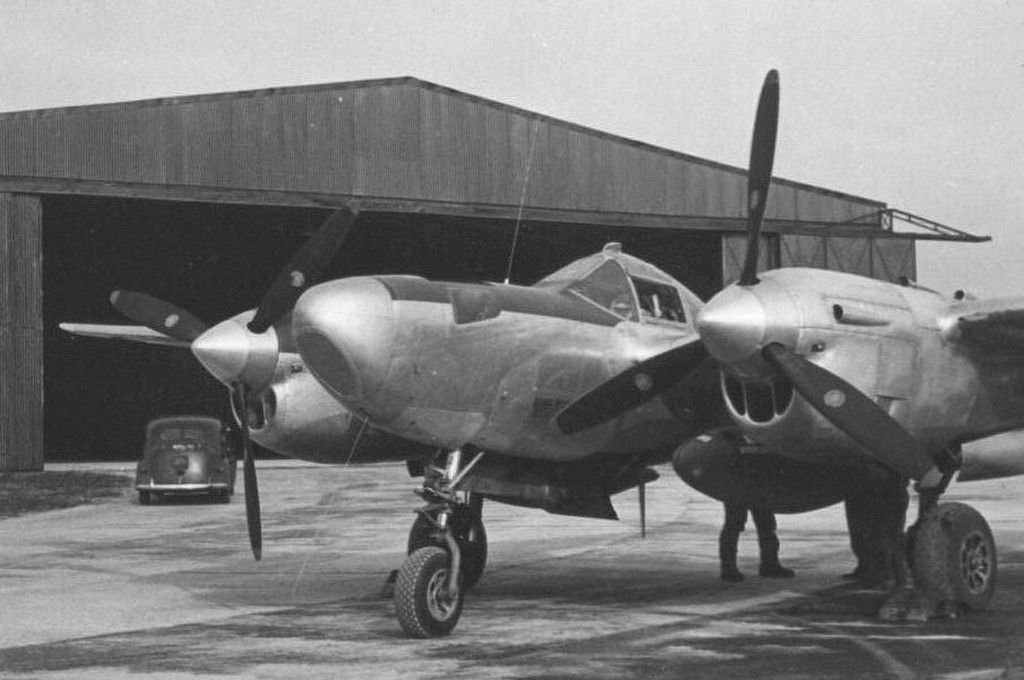
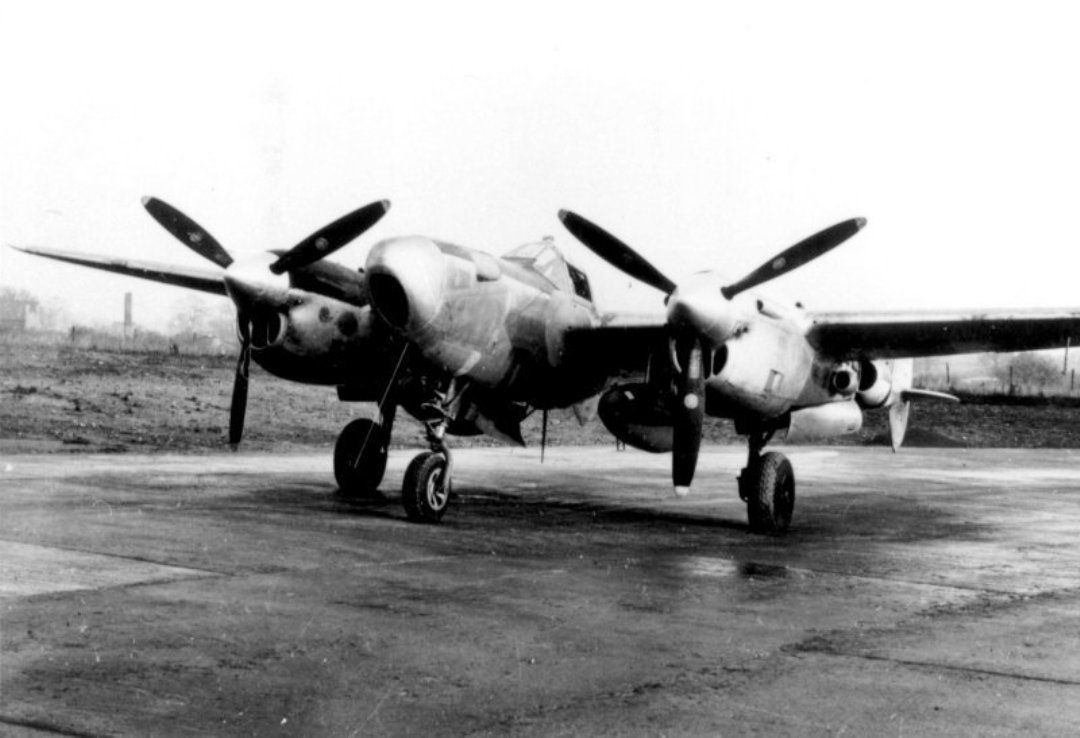
Below
Lockheed P-38J Lightning 'Droop Snoot' 44-23517 personal aircraft of Air Commodore Alfred C H Sharp RAF, pictured at No 51 MU Lichfield, Staffordshire between 1946-48.
RAF Air Commodore Alfred C H Sharp, a former Deputy Chief of Staff HQ 8th AF, was gifted this P-38 Lightning as his personal aircraft when he left to take up a new posting as 54 base commander. Initialy flown soley by Sharp. A 'Droop Snoot*' was lent to No 5 Grp RAF for a month, causing quite an impression, and upon its return to the USAAF, 44-23517 was sent to Langford Lodge for conversion. Used extensively on operations in the master bomber role until AC Sharp left Conningsby for a new posting at Northolt, later transferred to No 51 MU at Lichfield for diposal, thence onto Delft University, Netherlands in 1948 and finally back to the USAAF.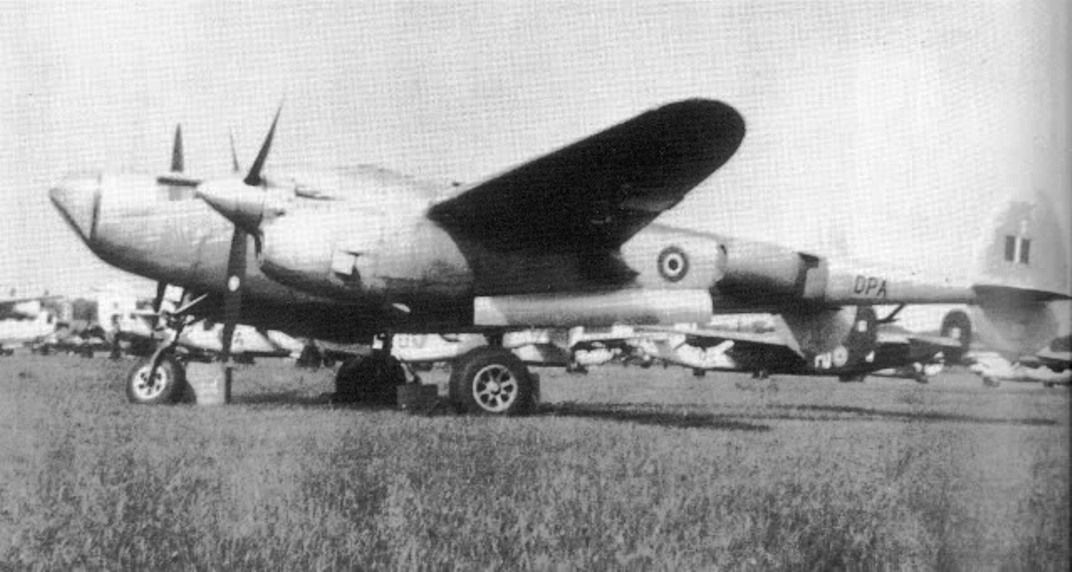
Post a reply
- Go to Previous topic
- Go to Next topic
- Go to Welcome
- Go to Introduce Yourself
- Go to General Discussion
- Go to Screenshots, Images and Videos
- Go to Off topic
- Go to Works in Progress
- Go to Skinning Tips / Tutorials
- Go to Skin Requests
- Go to IJAAF Library
- Go to Luftwaffe Library
- Go to RAF Library
- Go to USAAF / USN Library
- Go to Misc Library
- Go to The Ops Room
- Go to Made in Germany
- Go to Campaigns and Missions
- Go to Works in Progress
- Go to Juri's Air-Raid Shelter
- Go to Campaigns and Missions
- Go to Works in Progress
- Go to Skinpacks
- Go to External Projects Discussion
- Go to Books & Resources
